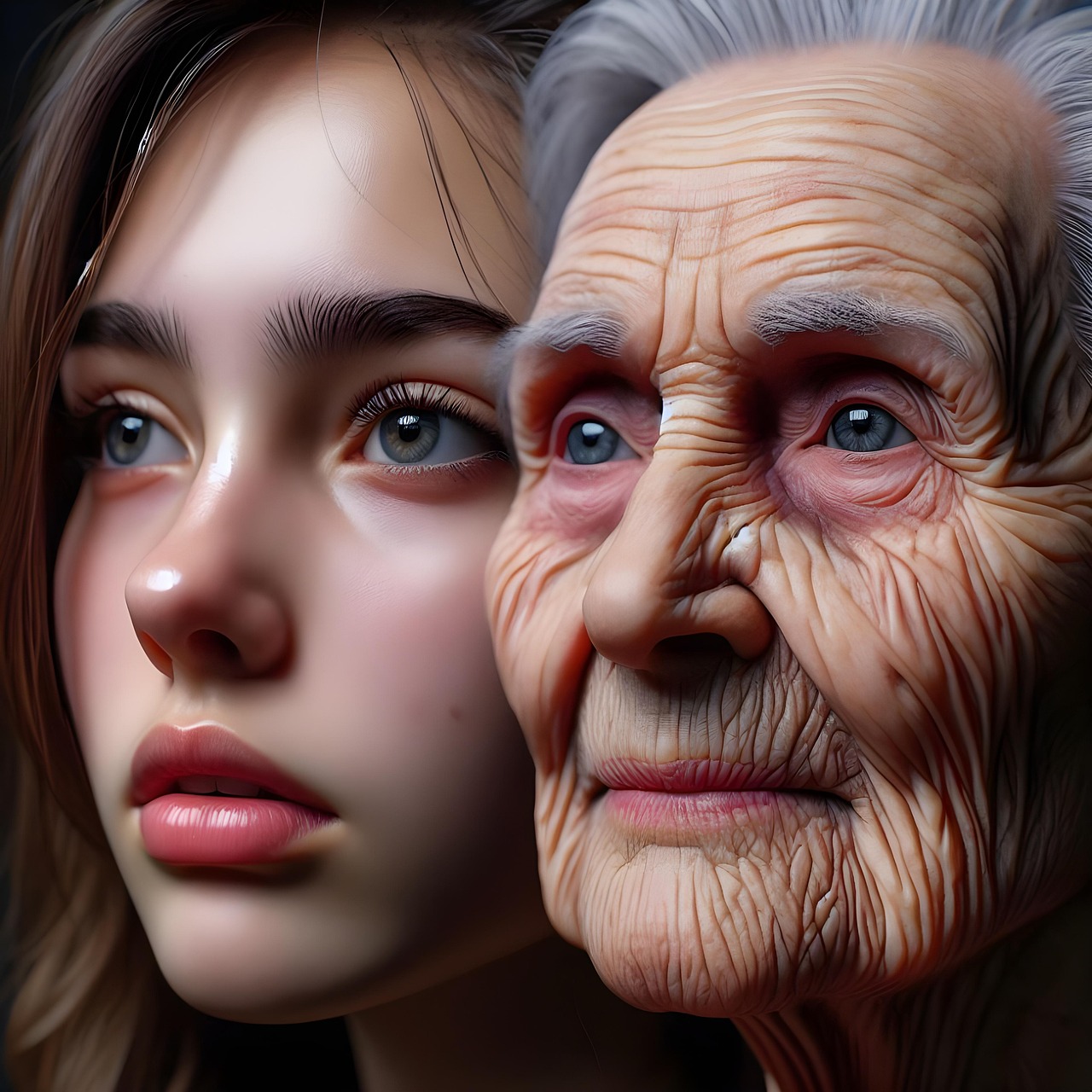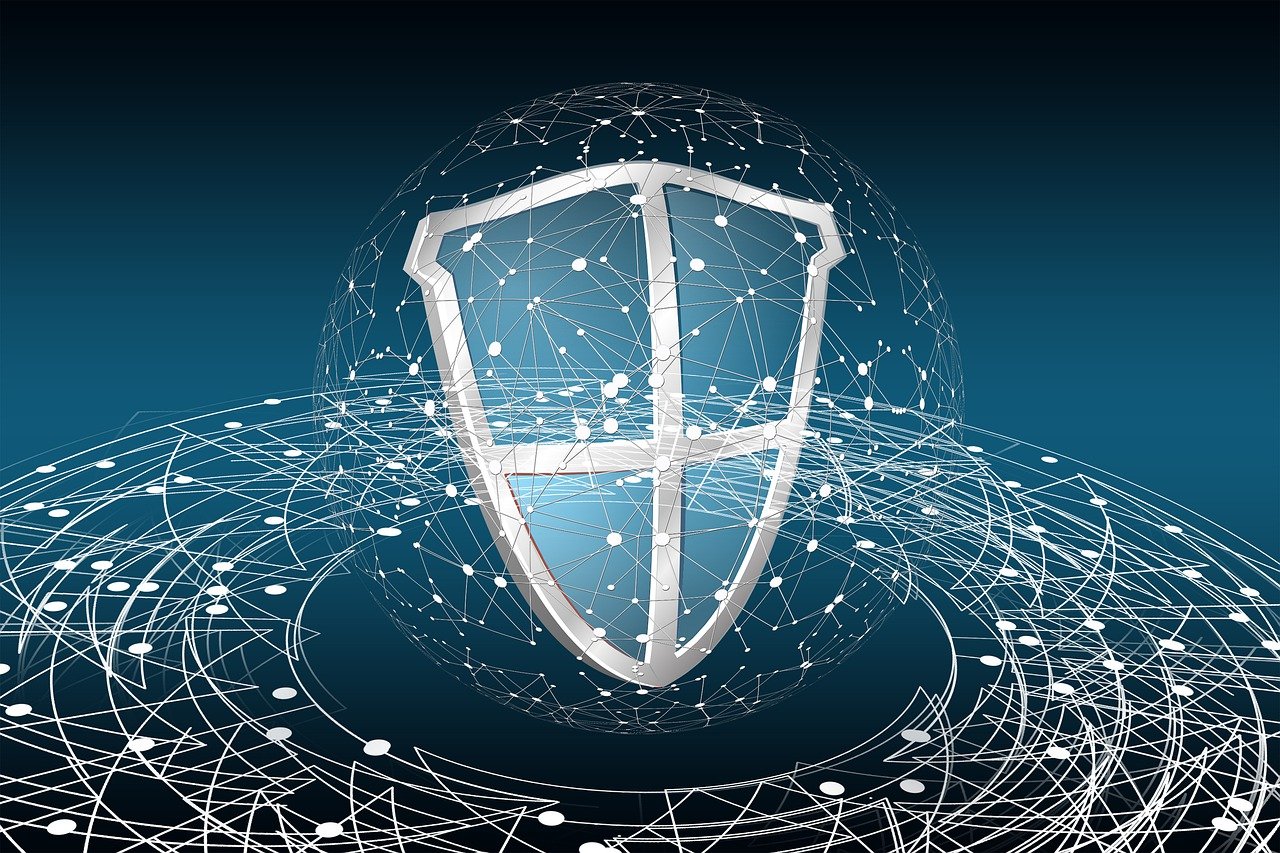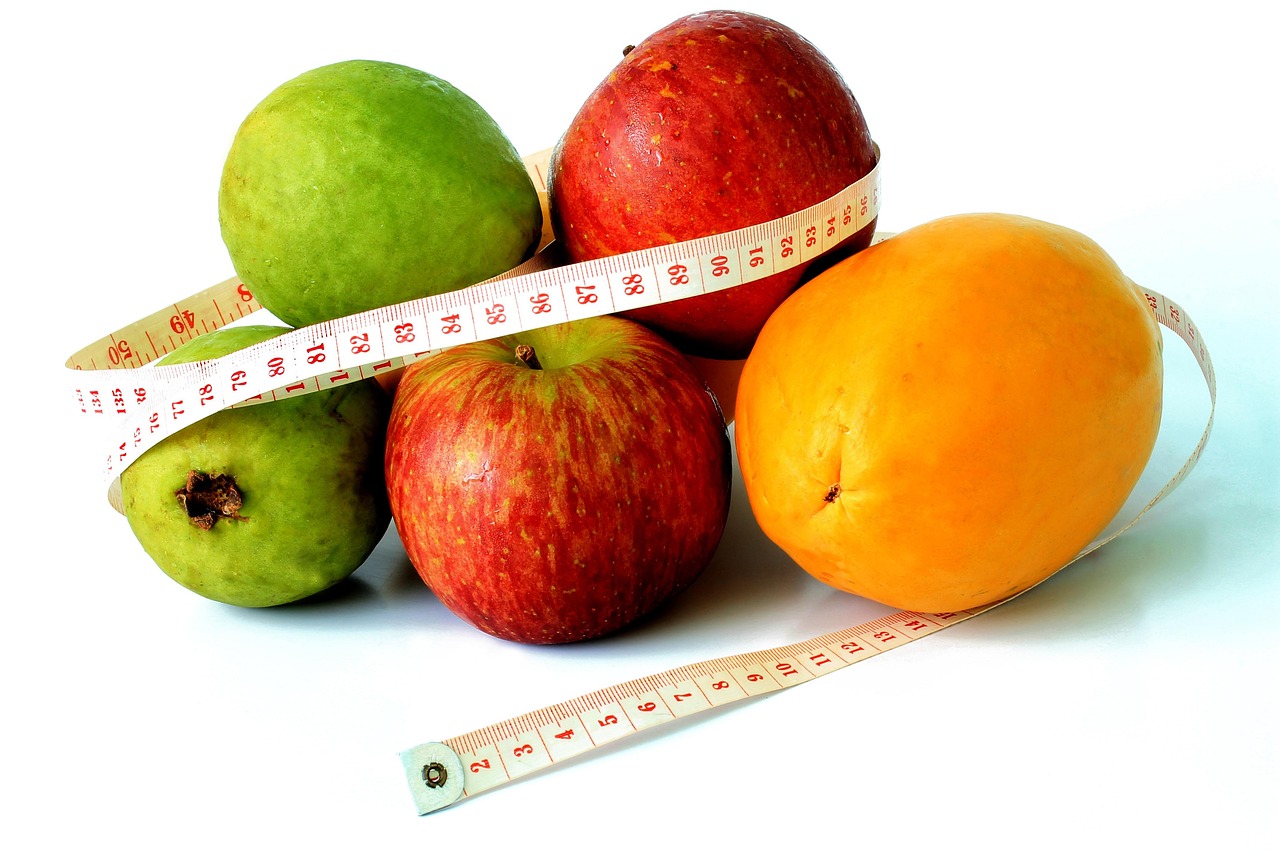JPG to WebP
JPG to WebP refers to the process of converting an image in the JPG (JPEG) format into the WebP format. These two formats are used for different purposes and have unique advantages, especially in terms of file size and image quality.
JPG to WebP refers to the process of converting an image in the JPG (JPEG) format into the WebP format. These two formats are used for different purposes and have unique advantages, especially in terms of file size and image quality.
What is JPG?
- JPG (JPEG) is a widely-used image format that uses lossy compression to reduce file sizes.
- Features:
- Best suited for photographs and complex images.
- Good balance between file size and image quality.
- Does not support transparency.
- Universally supported across devices and browsers.
What is WebP?
- WebP is a modern image format developed by Google.
- Features:
- Provides superior compression compared to JPG, often resulting in smaller file sizes while maintaining comparable image quality.
- Supports both lossy and lossless compression.
- Supports transparency (like PNG) and animations (like GIF).
- Optimized for use on the web, improving page load times.
Why Convert JPG to WebP?
-
Smaller File Sizes:
- WebP files are generally smaller than JPG files while maintaining similar quality, which is beneficial for faster web page loading.
-
Transparency:
- WebP supports transparency, whereas JPG does not, making it a better choice for certain graphics or web elements.
-
Better Compression:
- WebP’s compression algorithms (both lossy and lossless) result in more efficient storage of images compared to JPG.
-
Support for Animations:
- If you need to create an animated image, WebP can handle animations more efficiently than JPG, which does not support animation.
Considerations for JPG to WebP Conversion
-
Compatibility:
- While WebP is widely supported by modern browsers, it may not be compatible with all older platforms or software.
-
Quality Settings:
- When converting, you may choose different quality settings for the WebP output to balance between image quality and file size.
-
Transparency and Animation:
- If your JPG image includes transparent elements, converting to WebP will preserve or enable transparency. However, JPG does not support animation, while WebP does, so conversion for animations can be an advantage.
Would you like help with a specific JPG to WebP conversion or more details on using WebP effectively?













